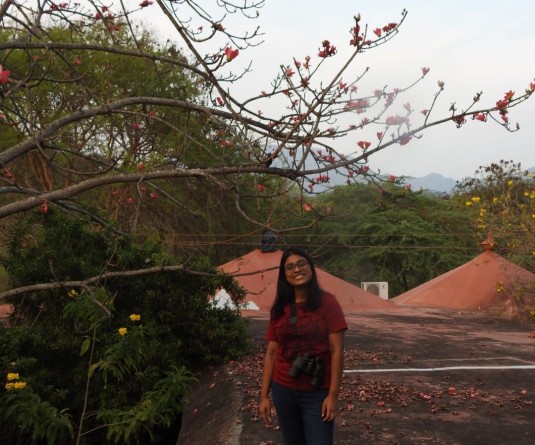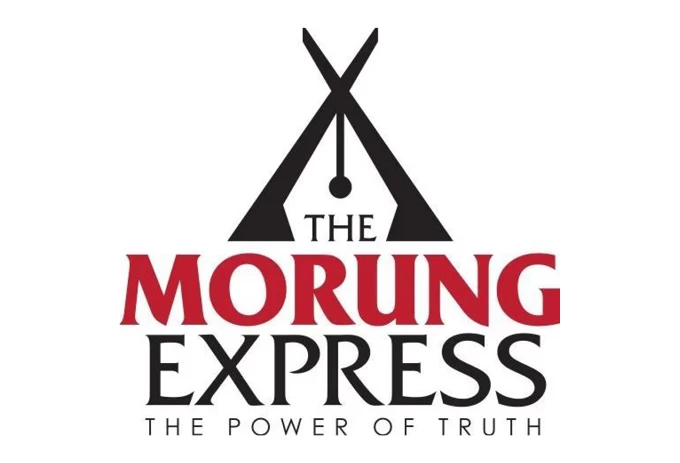
It was a humid November afternoon and Stephen had just returned for his lunch break. He was actively involved in the construction of the village bridge for the last four days. The urgency for the bridge had surfaced after the river had overflowed its banks and washed away the old rickety link that had stood the test of time since World War II.
The last four days had drastically affected the daily life of the villagers in the village. They were virtually cut off from civilization and more importantly from their source of income.
This ten-feet long wooden viaduct was an important linkage between the village and the main town. It supported the livelihood of the villagers, who regularly traded their agricultural produce and other poultry products in the town markets. Besides, the bridge was also a source of nurturing the social life of the villagers, who often crossed over to throng the fairs and public entertainments that were organized in the town from time to time.
Life, without the bridge, had brought things to a standstill in this sleepy old village and everything seemed different without it. The villagers had come to understand this and devised a plan to build a bridge that could be more resilient to sustain the turbulence of weather.
Stephen, with the help of a few architects, was assigned the charge of rebuilding this structure and linking the lives of the people. Stephen had built many structures in his career that spanned roads, bridges, dams, buildings, monuments etc. But this 18-feet rural bridge was turning out to be very special for him. He knew that this particular bridge did more than just take people across. It united hearts and minds, merged cultures and people, fastened the co-existence of mankind. And most of all, the bridge nurtured relationships.
Our lives are similar to that of Stephen’s life. “We are all architects. Not of structures, but of human values. We need to strive to build bridges that link relationships with love, peace, hope and forgiveness.”
Our bridges of human values are often washed away due to the inimical forces that surround us. We remain isolated and cut off from the main stream because we don’t have the desire of building or rather repairing our bridge, if there was ever one at all.
Remember, we are the architects of our own bridges, but not without the support and assistance of fellow architects. As much as Stephen needed the help and support of his co-workers to complete the structure of the bridge, we too, need fellow support to build our bridge of human values.
Humility, honesty, sincerity, transparency, kindness and empathy are some of the co-workers that we constantly need in our construction process to ensure that our bridge remains strong and connected with civilization and enduring relationships.
How we choose to span our bridge depends on the proximity that we share with our co-workers. The more we allow our co-workers access to the plan, the more efficient they get at performing and a high quality bridge is a resultant of this understanding.
Another important characteristic about bridges is that they save us time, energy and money. Take for instance the wooden bridge built by the villagers of Molvum Village, approximately 25 kms from Dimapur. It was constructed a year ago to shorten the distance to NH-39 (Jharnapani Road) by 3 kms. The Jhuma River had recently washed away this bridge. The link was important for the Molvum villagers, as it saved time, money and energy. Without this lifeline, would mean more time, energy and money spent.
In real life too, our bridges of human values can enable us overcome the obstacles to attain happiness, long life and peace of mind. We can easily and quickly achieve these objectives when we work in unison with our co-workers and devise a method to endure relationships with love, peace, hope and forgiveness.
Some of the most amazing structures in the world are bridges. The London Bridge and San Francisco Bridge are among the extra ordinary structures of our century. They have stood steadfast over the years and exemplify a magnificent outlook of unity, love and prosperity.
Relationships are among the most interesting qualities of mankind. Like bridges, that connect cities, towns, villages and people, we need to allow our human bridges to link relationships that are extraordinary and rare. Relationships that stand the test of time and reflect a monument of love, peace, hope and forgiveness.
This short poem by Will Allen Dromgoole has served as a simple reminder to me of the importance in constructing the bridge of relationships.
THE BRIDGE BUILDER
An old man going a lone highway,
Came, at the evening cold and gray,
To a chasm vast and deep and wide.
The old man crossed in the twilight dim
The sullen stream had no fear of him;
But he turned when safe on the other side
And built a bridge to span the tide.
“Old man,” said a fellow pilgrim near,
“You are wasting your strength with building here;
Your journey will end with the ending day,
You never again will pass this way;
You’ve crossed the chasm, deep and wide,
Why build this bridge at evening tide?”
The builder lifted his old gray head;
“Good friend, in the path I have come,” he said,
“There followed after me today
A youth whose feet must pass this way.
This chasm that has been naught to me
To that fair-haired youth may a pitfall be
He, too, must cross in the twilight dim;
Good friend, I am building this bridge for him!”
noelmanuel@rediffmail.com
The writer is the Coordinator of the Northeast Region (Poetry Society of India) and Life Member of the Poetry Society of India. Journalist and Correspondent Eastern Panorama (News Magazine of the Northeast), Phonetics Teacher.




